Archaeology of Soviet Central Asia and the Indian Borderlands (In 2 Volumes)
It is only recently that the world of archaeology has really become aware of the importance of the Early Cultures of Soviet Central Asia and of the tremendous amount of first-rate work done by Soviet archaeologists after the Second World War. But admittedly, its appreciation beyond USSR is still a far-cry, mainly because of language barrier and lack of first-hand knowledge of the excavated remains on the part of the non -soviet scholars. Moreover, before the present work, rarely an attempt was made in a non-Russian language to present exclusively a detailed and connected account of the Pre-historic and Protohistoric cultures of Soviet Central Asia and their interaction with the cultures of neighbouring countries in South Asia. It is now widely recognised that for the proper appreciation of the Oriental Cultures, It is absolutely essential to have an insight into the dynamics of the ancient cultures north of the Elburz-Khorasan mountains, and along the mighty course of the river Oxus, also called Amu Darya. Vol. 1: Volume I deals exclusively with the Stone Age cultures : Lower Palaeolithic, Middle Palaeolithic, Upper Palaeolithic and Mesolithic. Since no proper understanding of these cultures is possible without a detailed study of the Environmental Archaeology, specialized chapter have been devoted to Geomorphology as well as to Pleistocene Geology of the land. Vol. 2: Volume II deals with the Early Sedentary cultures : Neolithic, Chalcolithic, Bronze Age and the Early Iron Age. At every stage facets of cultural and economic interaction between Central Asia and the Indian Borderlands have been given. A separate chapter deals with the Polemics involved in the movement of peoples and ideas, including those connected with the Vedic Aryans. The appendices include some of the latest views on Indo-Aryans and Archaeology by half-a-dozen leading Soviet scholars as well as a full essay on the Neolithic Culture of Chinese Central Asia by the author himself.
Get it now and save 10%
BECOME A MEMBER


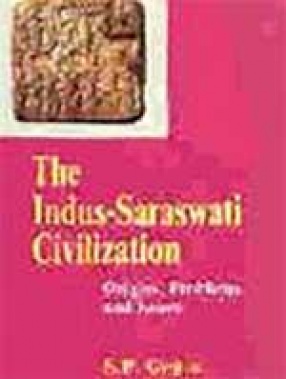
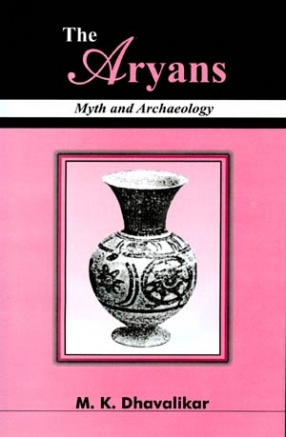
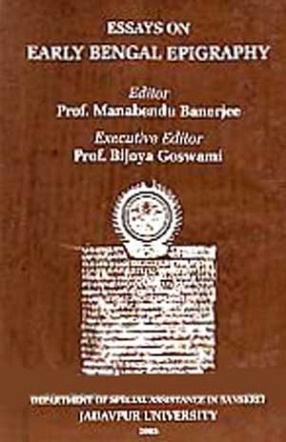
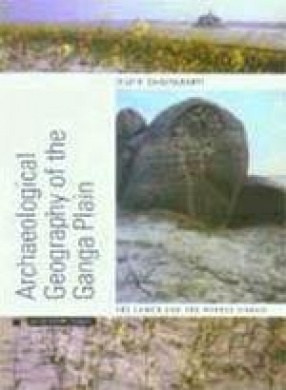
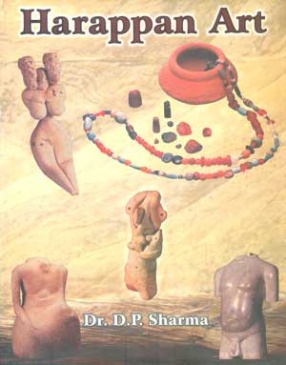

Bibliographic information
Tags